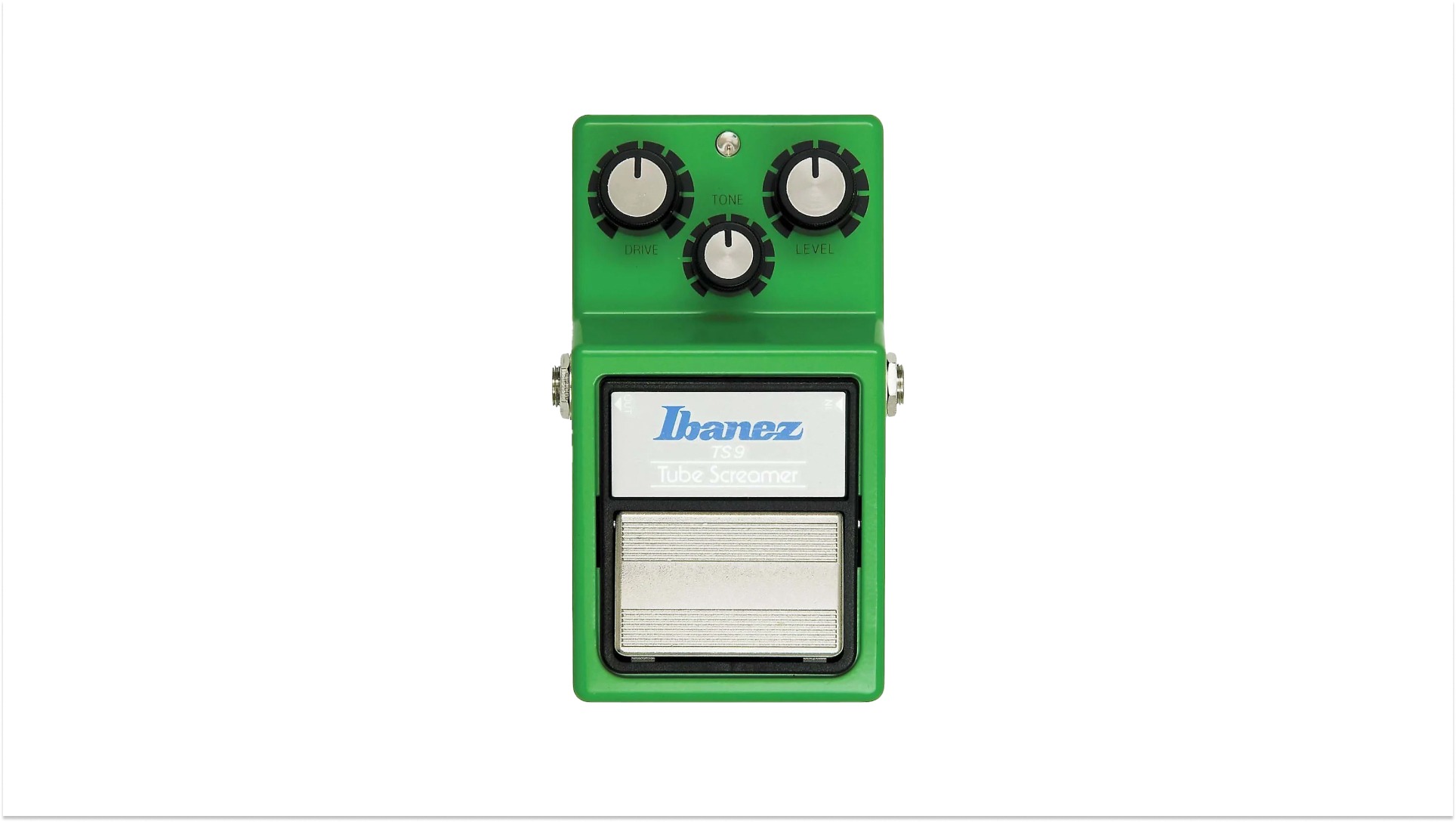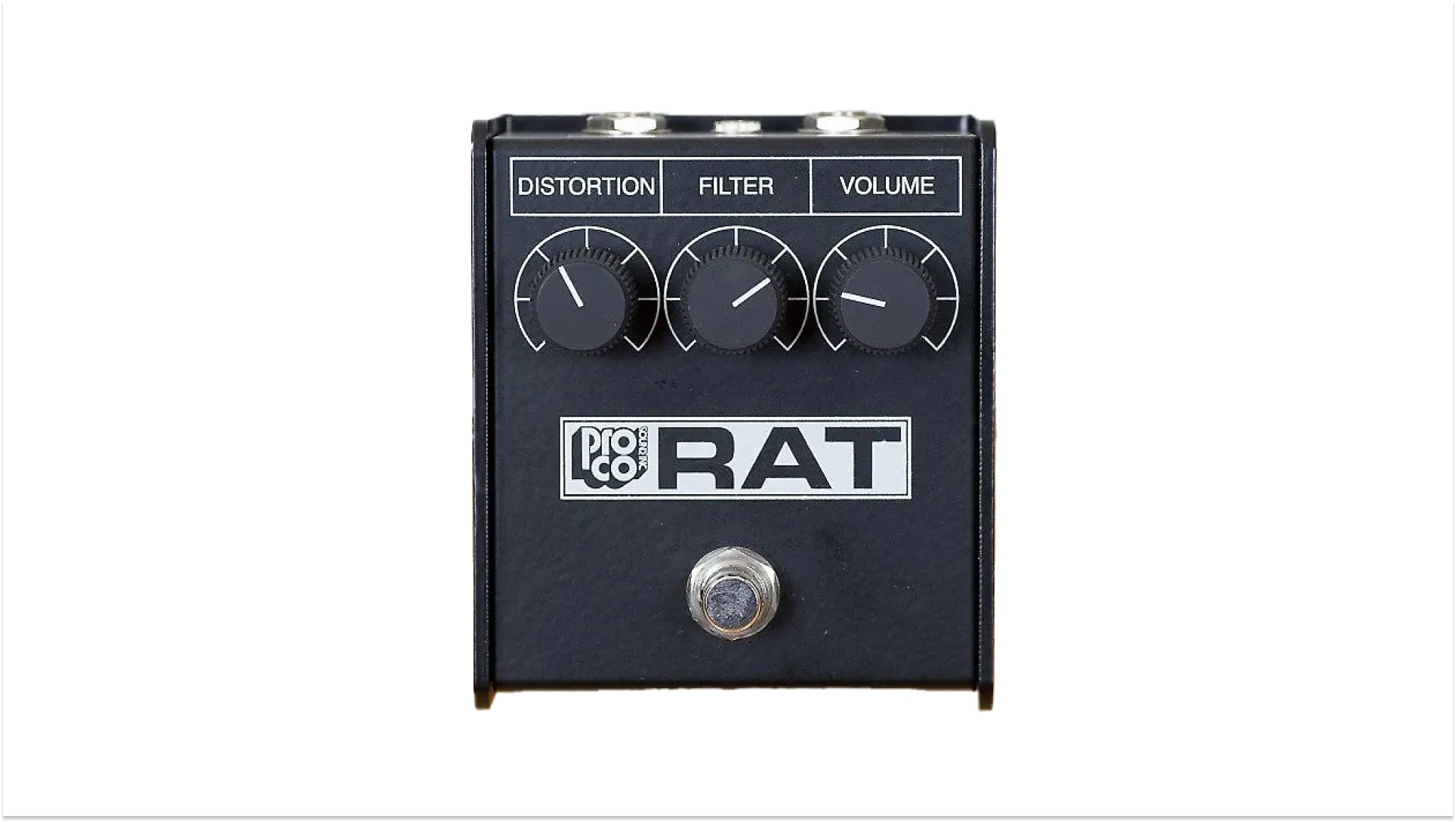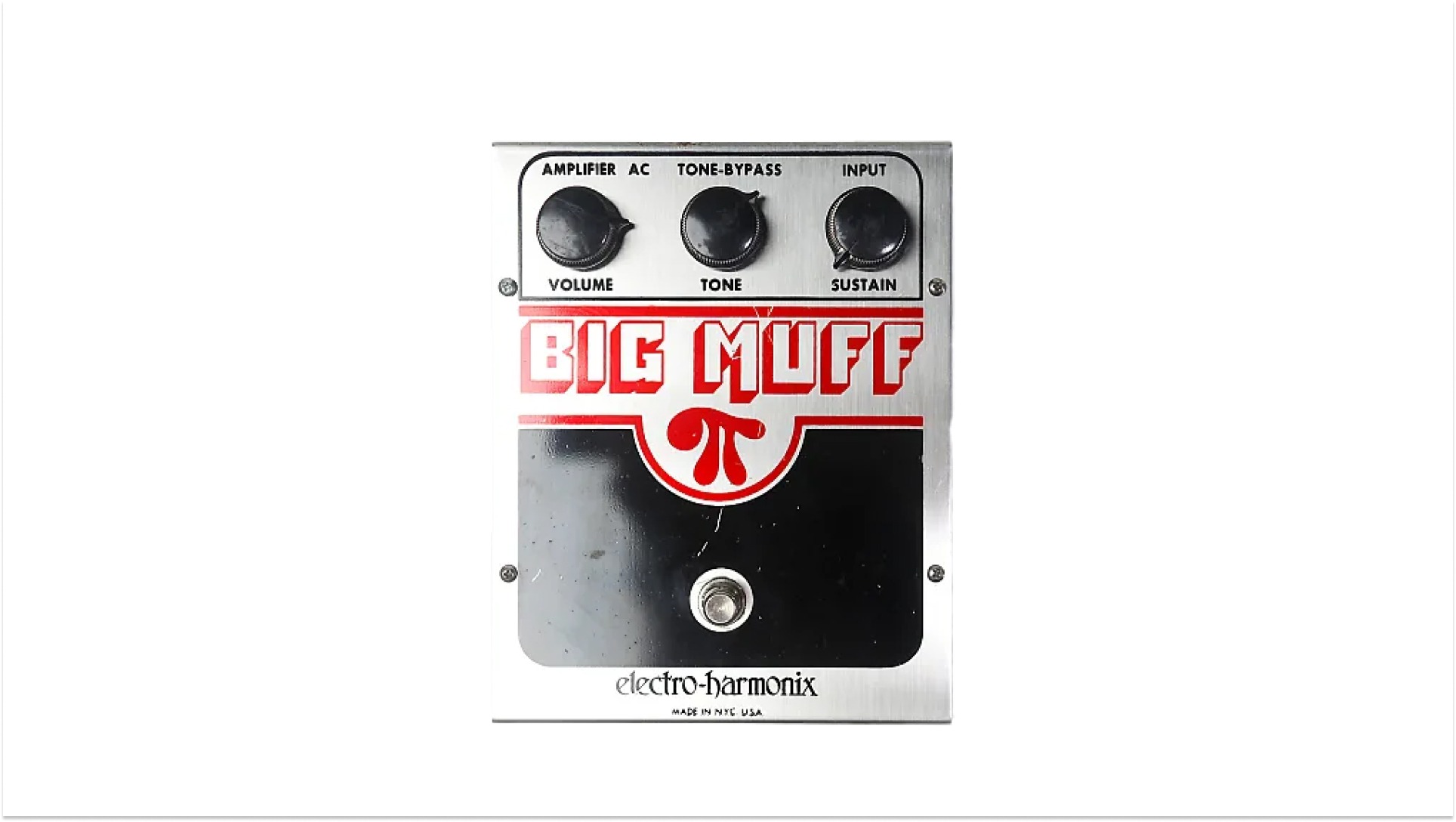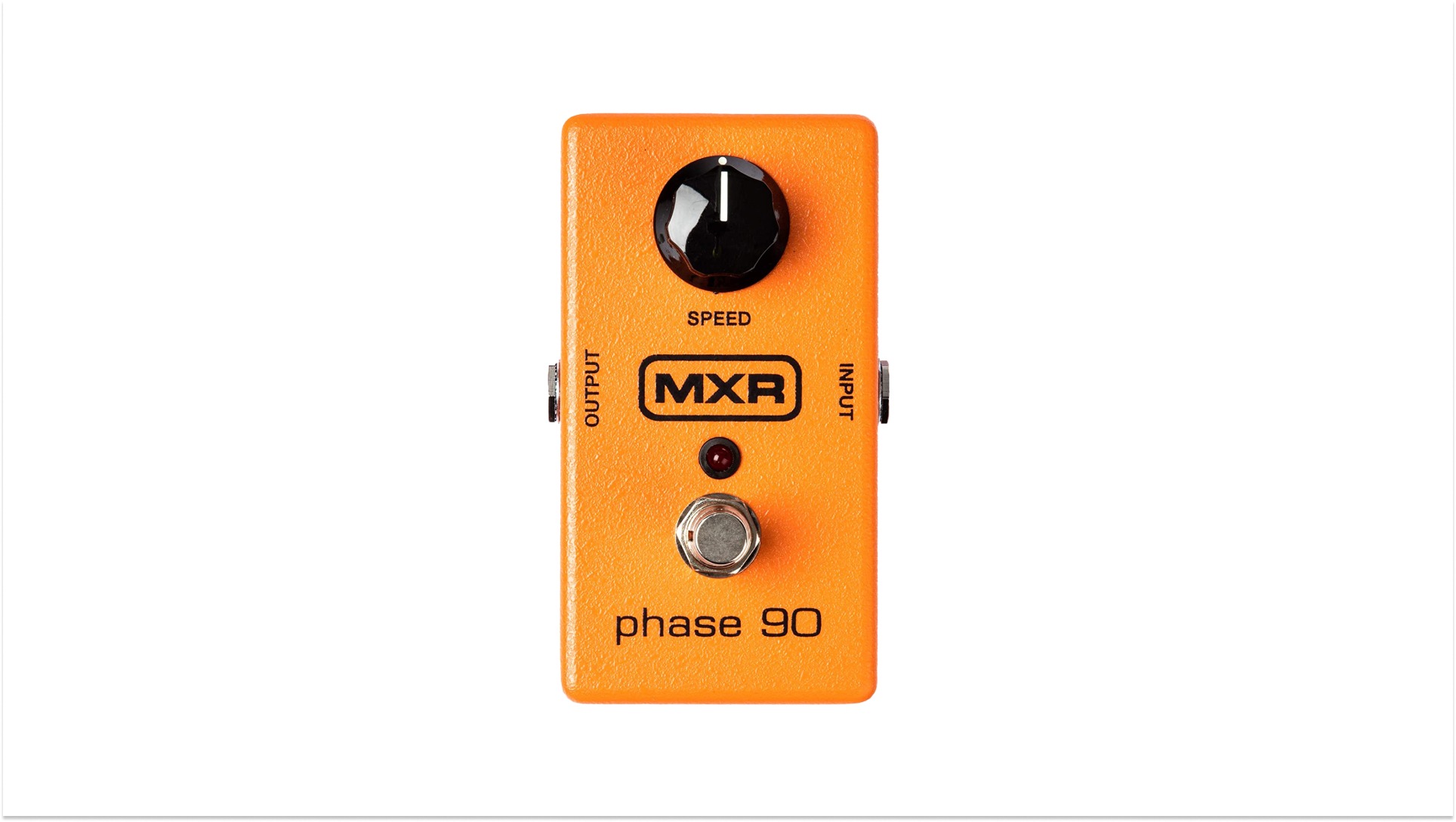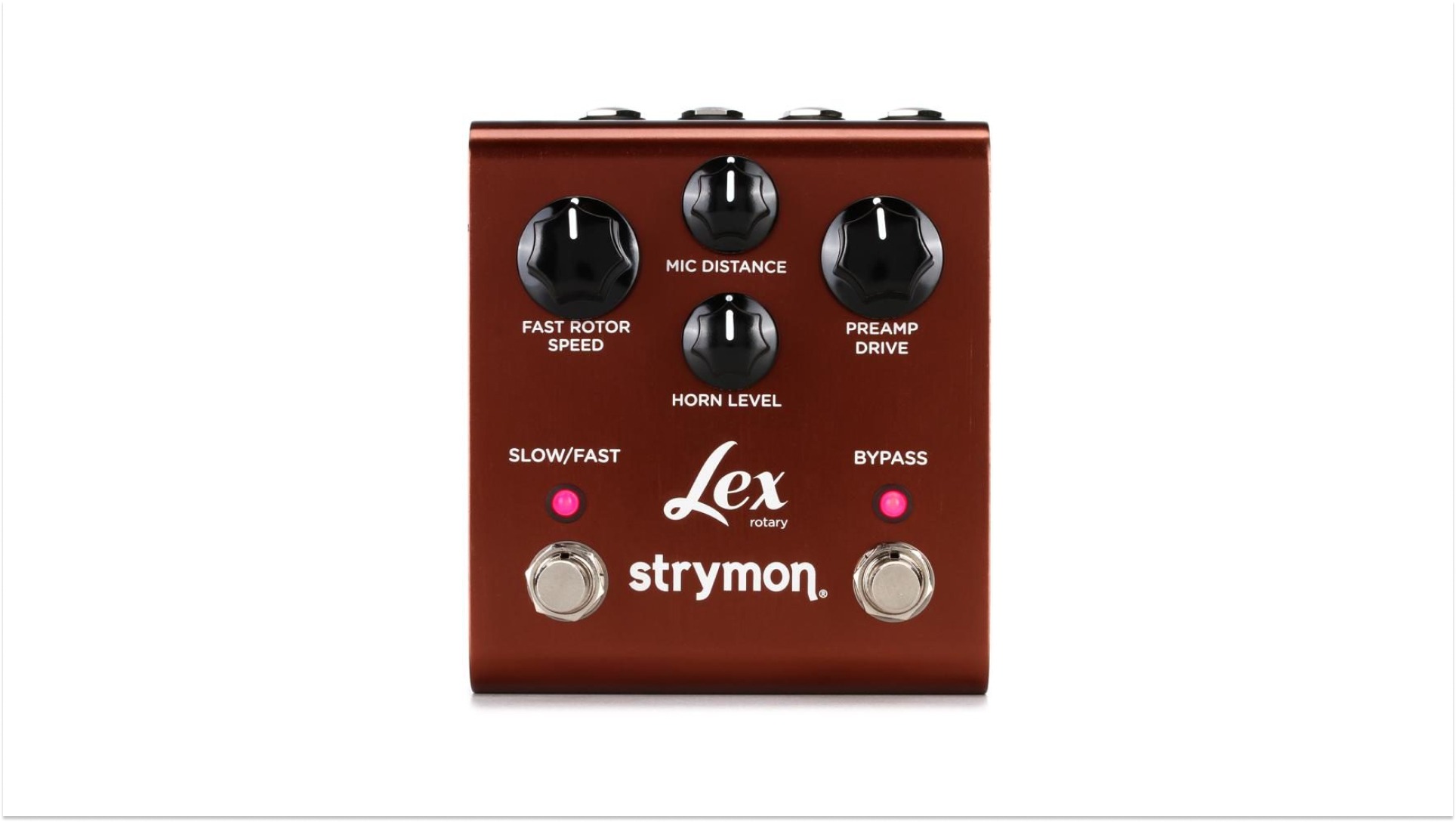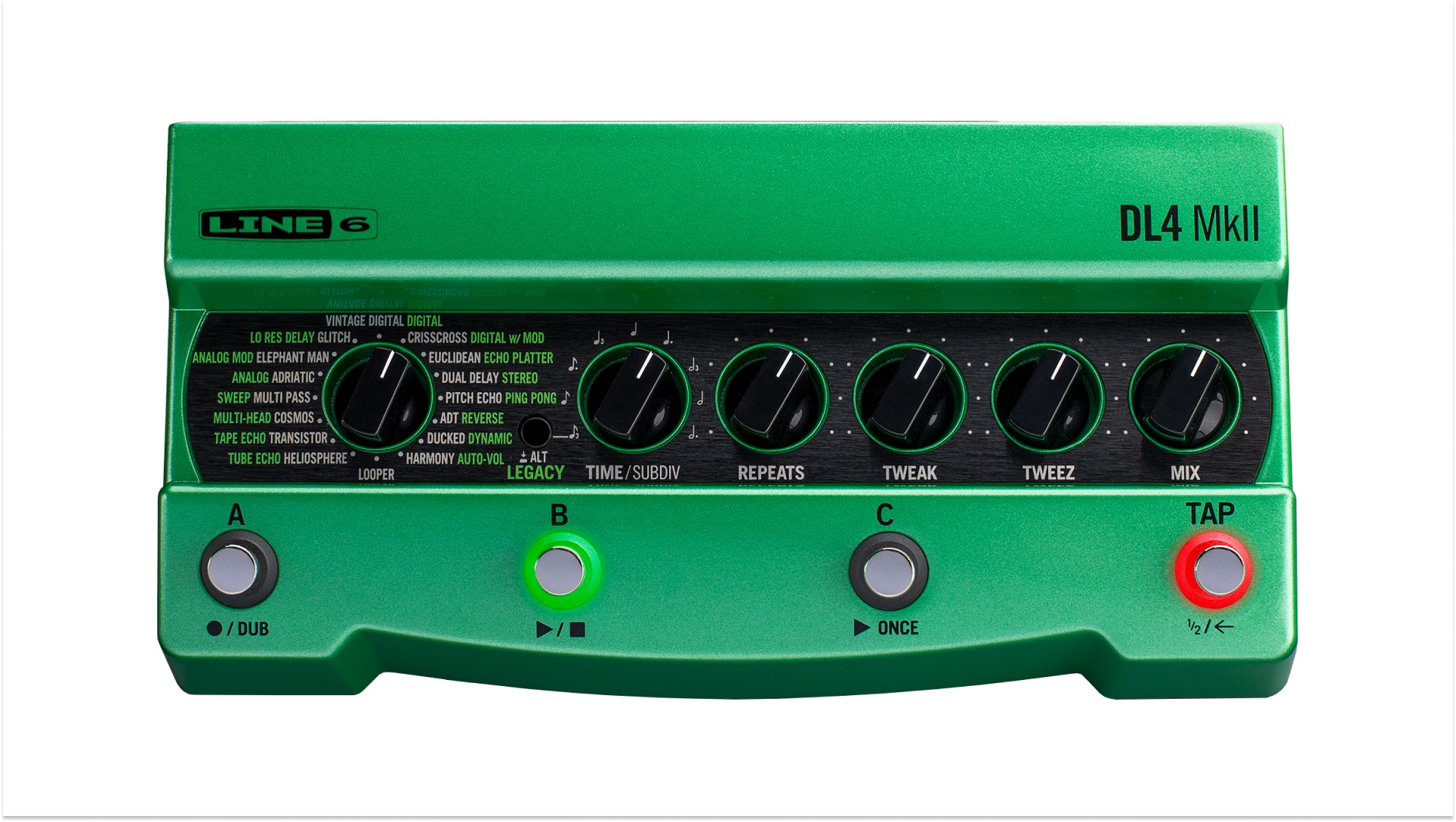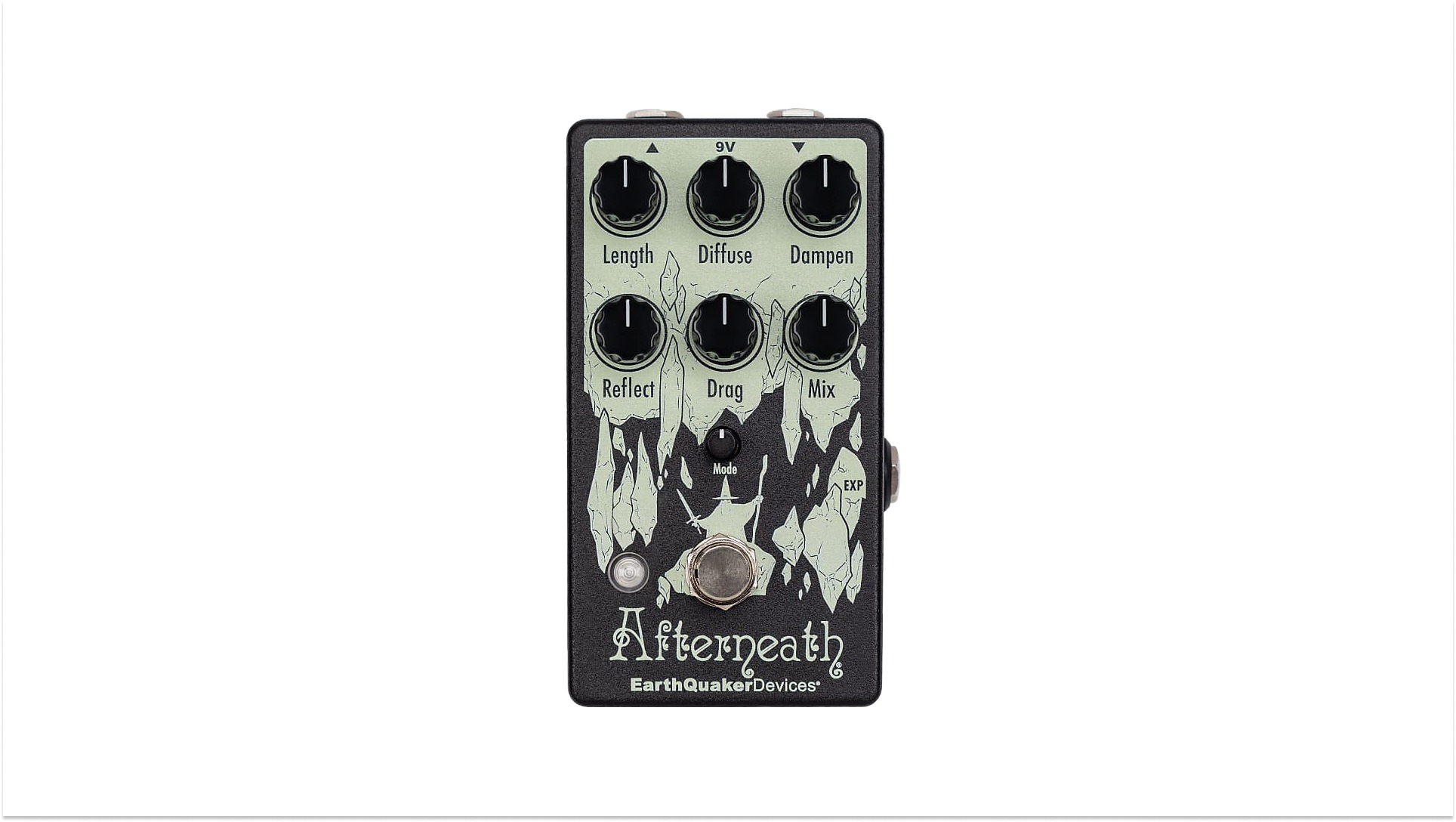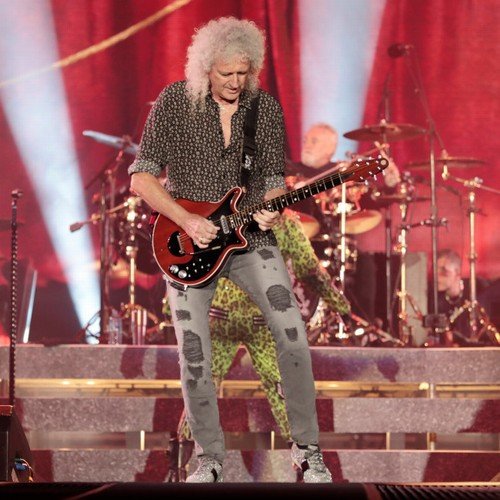Effects pedals are one of the funnest ways to bring unique sound into your music production workflow.
If you play guitar you’ve almost certainly got a few in your collection already. But effects pedals aren’t just for guitarists anymore.
Emerging producers in any genre can benefit from the cheap and unique hands-on sound processing they offer.
In this article I’ll break down the basic types of effects pedals, suggest some popular options for each and explain how to use them in a DAW-based workflow.
Let’s get started.
What are effects pedals?
Effects pedals are sound processors housed in compact enclosures meant to be placed between a guitarist’s instrument and amplifier.
Sometimes called “stompboxes,” effects pedals are usually operated with the player’s foot so they can continue playing while modifying the sound.
Originally, effects pedals were developed to give guitar players access to typical instrument effects like tremolo or rotary speaker.
But they became an essential part each player’s unique sound, beginning with pioneers like Jimi Hendrix.
Today, there are thousands of pedal manufacturers and stompboxes are used by all types of musicians who need access to hardware effects to craft their sound.
Hot tip: Want more gear guides, tech explainers and product roundups? Subscribe to LANDR Newsletter for all the best equipment news, tips and tutorials
Effect pedal types
Effects pedals have exploded in popularity since the early days of basic stompboxes.
There are now thousands of sophisticated designs for every type of effect. Some can even rival the quality of studio rack units in critical areas like reverb.
But no matter what type of effect you’re looking for, it’s worth understanding the basic categories of stompbox effects.
Distortion
Distortion goes by many names in the world of guitar effects. Crunch, fuzz, drive and gain are all terms that apply to pedal effects for creating it in a guitar signal chain.
There are subtle variations between each type that keep guitarists endlessly chasing the perfect tone.
While it may seem like this kind of effect is specific to heavier genres, it has plenty of uses in mixing all types of music.
In fact, analog saturation and distortion are still difficult to approximate with DAW plugins. Effects pedals can provide a quick shortcut to rich analog saturation and extreme clipping.
Emerging producers in any genre can benefit from the cheap and unique hands-on sound processing possible with effects pedals.
Hot tip: Most guitar distortion devices are designed to run into an amplifier. A typical guitar speaker rolls off most of the sound energy in the upper treble frequencies. Distortion devices might sound harsh and unpleasant without some high end control, so try a low pass filter or a speaker emulator if a pedal sounds too brash and buzzy.
Here’s a few tried and true distortion pedals to experiment with in the studio
Ibanez TS9 Tubescreamer
The TS9 Tubescreamer is one of the most often copied circuits in guitar pedals.
Originally developed in Japan in the 1980s, it was meant to simulate the soft harmonic distortion of a vintage tube amp cranked up.
It’s still popular today for its smooth, mid-forward light distortion.
Pro Co Rat 2
The Pro Co Rat is another timeless distortion device that’s been in use since the 1970s. It’s famous for its edgy sound that’s capable of heavy distortion.
EHX Big Muff Pi
Rumor has it that Mike Matthews of Electro-Harmonix designed the Big Muff pedal by ear while trying to emulate the sound of Jimi Hendrix. He ended up creating a totally unique design that’s been used by guitarists for over six decades.
This bassy, mid-scooped fuzz has a distortion tone all its own.
Modulation
Modulation is another broad category of effects pedals that contains several distinct types of effects.
Phaser, flanger, chorus, tremolo and rotary speaker all fall under the umbrella of modulation.
Phaser, flanger, chorus, tremolo and rotary speaker all fall under the umbrella of modulation.
Despite the different types, modulation is most commonly used to add a sense of motion and animation to a static sound.
These effects typically include rate controls that can be used to sync their action to a song’s tempo.
Here are a selection of classic modulation pedals to consider for your studio
MXR Phase 90
MXR introduced the common compact enclosure you’ll find on pedals from hundreds of manufacturers today.
The Phase 90 was their first hit product that took the guitar community by storm in the 70s. Used on classic records of that time period, the wooshing, swooshing phase sound still sounds cool today!
Boss TR-2 Tremolo
As I mentioned above, tremolo was one of the first effects developed for guitar. Incorrectly named vibrato on classic Fender-style amps, the subtle throb of slow vintage tremolo will instantly transport your sound.
With the Boss TR-2 you can cover subtle vintage and square wave chop with the same affordable pedal.
Strymon Lex
When electric organs were first introduced, many musicians complained the sound didn’t have the lively shimmering quality of a real pipe organ.
And while they had their own tone that would become classic in its own right, Hammond turned to a unique design to address the issue.
It was a speaker cabinet with a rotating horn that created a hypnotizing swirling sound.
The Strymon Lex is a near perfect emulation of the classic Leslie speaker.
Delay
Delay is the classic effect of echoing repeats trailing behind your signal.
It’s one of the best-loved guitar effects that was made famous by players like U2’s The Edge.
In the days before compact digital hardware, delay was analog. That meant it had to be recorded to a tape loop or analog BBD chip to be used.
These imperfect recording methods imparted their own unique tone to the repeats that modern players still love.
Reverb simulates the reflections in an acoustic environment that situate a sound in space.
That said, sometimes you need clean, pristine digital repeats that ring out clearly as they decay. There are pedals for that too!
MXR Carbon Copy

Luckily for producers, analog delays with BBD chips are still produced today.
The MXR Carbon Copy offers all the timeless gritty sound of analog delay in a small and affordable package—modulation included!
Line 6 DL4 MKII
If there’s one infamous effects pedal from the early 2000’s, it’s the original Line 6 DL4. Housed in a huge, heavy and bizarre-looking green enclosure, the pedal gained popularity for its delay sounds and easy-to-use looper.
The DL4 is back in 2022 with the MKII edition which features better tone quality, improved algorithms and a more manageable footprint.
Reverb
Reverb simulates the reflections in an acoustic environment that situate a sound in space.
It’s an essential tool in recording for giving your sounds a sense of depth and realism.
But it’s just as important as an effect pedal in guitar rigs or tabletop setups.
For guitarists, reverb is often associated with the classic analog spring reverb found in 60s-era Fender amplifiers.
There are plenty of pedals that can emulate this type of reverb, but the real fun happens with huge cathedral sounds that wouldn’t be possible with a spring.
Here’s a selection of reverb pedals to try in your workflow.
TC Electronic Hall of Fame 2
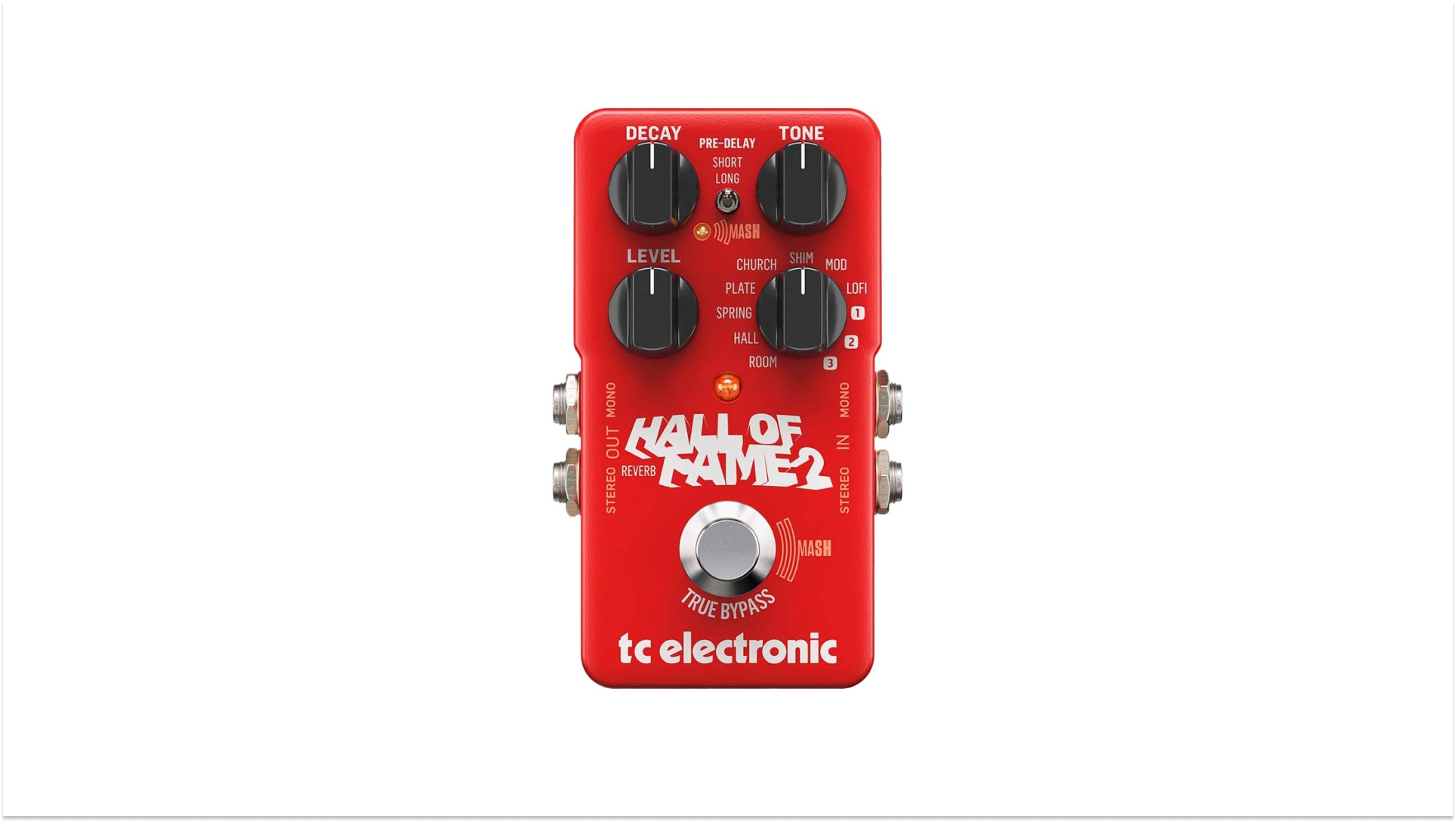
When it comes to reverb, it’s nice to have a selection of different types. That’s why TC’s excellent Hall of Fame pedal is so highly recommended.
It features excellent takes on 6 different reverb styles, plus three slots to store TC toneprint presets downloaded online.
Earthquaker Afterneath
Sometimes you want an ethereal reverb that lingers under your sounds and adds texture.
Reverb pedals have been approaching the quality of high-end studio rack effects in recent years.
That’s what you’ll get with the Afterneath, a unique reverb effect designed to sound haunting and otherworldly.
Empress Reverb

Finally, reverb pedals have been approaching the quality of high-end studio rack effects in recent years.
The Empress Reverb is one of a new generation of super powerful reverb pedals with the head room and noise performance to rival priceless rack effects.
If you’re looking for a reverb that’s a cut above the rest, this one should be on your lis!
Reamping: how to use effects pedals in your DAW
With all the pedals we’ve been talking about so far, you might be wondering how to actually get their sounds into your DAW.
Unfortunately, it’s not as simple as just connecting them directly to your audio interface. You’ll need to send the dry signal to the pedal from an output on your interface. Then you’ll need to record the pedal’s output to hear the effect.
The problem arises because guitar pedals are built for the signal that comes directly from a guitar’s pickups. It’s a high impedance unbalanced signal instead of the balanced high impedance one you’ll get from an interface.
It means you’ll have to convert it for the pedal to sound best when connected to an interface.
The conversion tool is called a reamp box. It manages the electrical qualities of the signal to make sure it works correctly through the pedal.
For a full breakdown on the technique and roundup of the best reamp devices, head over to our in-depth guide to reamping.
Stomp under foot
You’ll probably find a few guitar pedals lurking in most home studios today—and it’s easy to see why!
With so many cool hands-on effects you can pick up at your local music store, it’s no wonder producers want to get in on the fun.
If you’ve made it through this guide you’ll have a great start for using effects pedals in your workflow.

